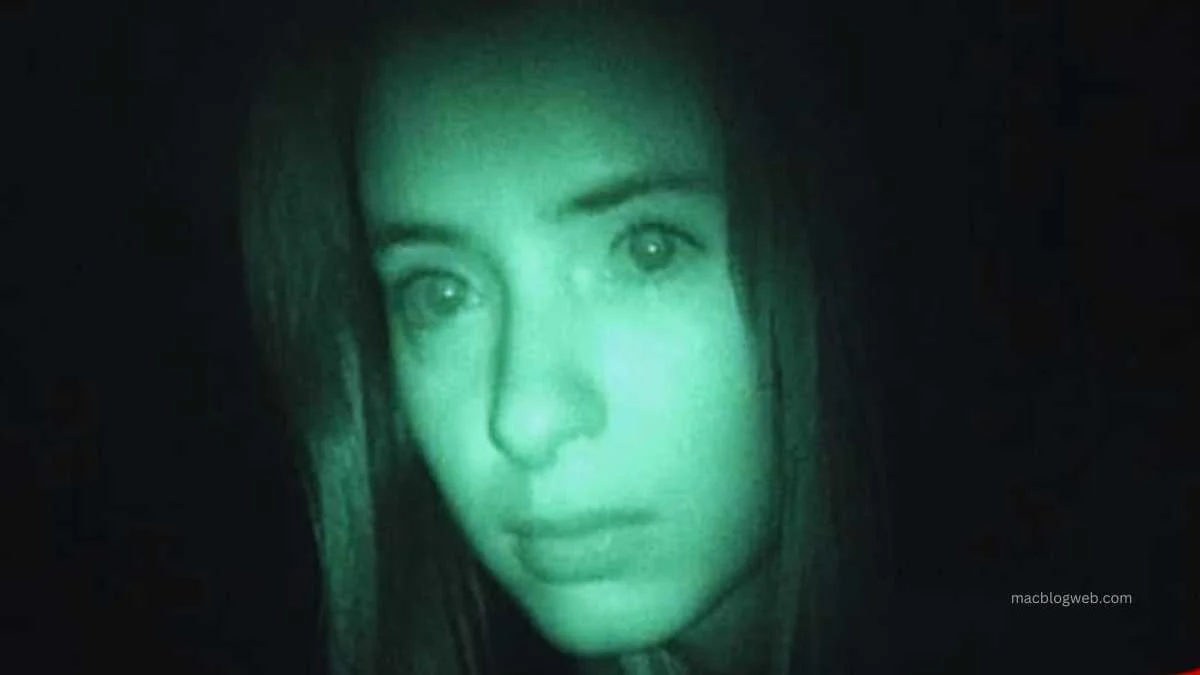In the digital age, folklore and urban legends have found a new medium of transmission, evolving from whispered stories around campfires to viral sensations shared across the globe through social media and emails. One such tale that has captured the imagination and fear of many is the story of Teresa Fidalgo, a name that has become synonymous with ghostly warnings and chain messages. This article delves into the origins, spread, and impact of the Teresa Fidalgo story, attempting to separate myth from reality and understand its place in contemporary digital folklore.
The Origins of Teresa Fidalgo
The story of Teresa Fidalgo purportedly traces back to a tragic event in Sintra, Portugal, in 1983. According to the tale, Teresa was a young girl who died in a gruesome car accident along a winding road in this picturesque region. However, the actual origins of the story are far more recent and can be directly linked to a Portuguese film released in 2003 titled “A Curva.” In this short film, a character named Teresa Fidalgo is involved in a car accident and subsequently appears as a ghost.
The film’s director, David Rebordão, later admitted that the story was entirely fictional, created for the purpose of the film. Despite this, the narrative began to detach itself from its cinematic roots and took on a life of its own in the digital world.
The Viral Spread of a Digital Ghost
Shortly after the release of “A Curva,” the story of Teresa Fidalgo started appearing in various forms on social media platforms, emails, and text messages. The typical format of the story involves a chilling account of Teresa’s death followed by a threat that she will haunt anyone who does not forward the message to others. A common iteration of the message reads: “I am Teresa Fidalgo, and if you don’t post this on 20 other photos, I will sleep with you forever.”
This type of message is known as a “chain letter,” a concept that predates the internet but has found a particularly fertile ground in the era of digital communication. The story’s elements of mystery, the supernatural, and the direct threat to the reader if they break the chain tap into deep-seated human superstitions and fears.
Psychological Impact and Social Reactions
The story of Teresa Fidalgo is more than just a ghost tale; it mirrors the human psyche’s reaction to the mysterious and unsettling. Psychologists suggest that these stories spread quickly because they trigger strong emotional reactions, with fear being the most powerful. Forwarding the message can offer a sense of relief or control over the unknown, a typical psychological response to fear-inducing situations.
Socially, the Teresa Fidalgo story has led to various reactions. Some people treat it as a harmless joke or a spooky tale to share during Halloween, while others genuinely believe in the curse and fear the consequences of ignoring the message. This split is often influenced by cultural attitudes towards the supernatural and the individual’s exposure to digital literacy and critical thinking skills.
Debunking and Rationalizing the Legend
With the growth of digital media literacy, more people have begun to question and debunk viral stories like that of Teresa Fidalgo. Fact-checking websites and skeptical bloggers have pointed out the lack of credible evidence supporting the existence of Teresa as a real person who died in the manner described. They also highlight the story’s origins in a fictional film as proof of its fabricated nature.
Moreover, legal and psychological experts often warn against the propagation of such stories, as they can cause unnecessary fear or even panic. They encourage the public to approach such viral tales with skepticism and to refrain from spreading unverified information.
Conclusion: The Enduring Power of Ghost Stories
Despite being debunked, the story of Teresa Fidalgo remains an interesting case study in the power of modern folklore. It demonstrates how traditional elements of ghost stories can be adapted for the digital age, captivating imaginations and evoking fear just as effectively as the oral tales of old. The legend of Teresa Fidalgo also serves as a reminder of the pervasive nature of digital media and the need for critical thinking in navigating the vast amounts of information encountered online.
As we continue to advance in the digital era, it is likely that new legends will emerge, shaped by the technologies and mediums of the time. Stories like that of Teresa Fidalgo will serve as precedents, reminding us of the fine line between digital storytelling and the propagation of digital superstition.








